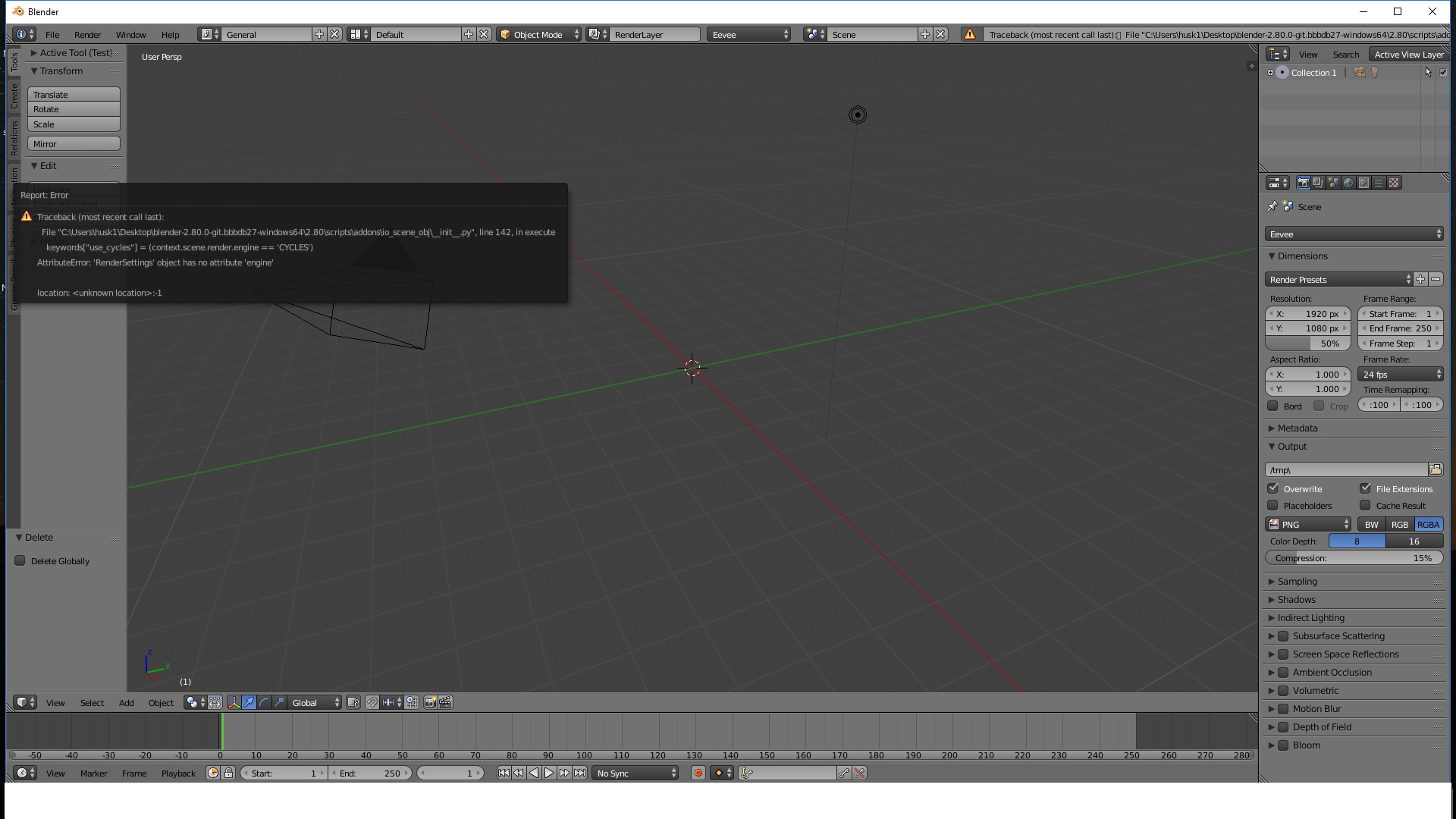


#Blender 2.8 render button movie#
You can also render out from the Sequencer, compress the frames, and export them out into a playable movie file. This is called the “Direct Approach” and though it’s a quick and convenient way to test things like composition and color, it’s not recommended or an industry standard practice if you’re looking for a final animated rendered movie file. You have the option of saving the animation directly as an AVI or MOV file by selecting either as the file format in the output settings.
#Blender 2.8 render button series#
An animation is usually rendered out as a series of images (frames), and are automatically saved to the temp folder in the C drive or to an output directory that is specified in the output settings. Rendering still images lets you quickly view and save the rendered results directly from the Blender Render window once complete - animations are another matter. This will allow you to save the image in a desired location and rename the image to whatever you choose. In the render window’s toolbar menu, select Save, Save As, or Save a Copy.

You have the ability to also save the rendered image from the image window manually. Once rendering is complete, single image renders will be stored either in the computer’s temp folder located in the C drive or in the designated folder you set in the output settings. Once you have set the output’s location, the quality settings below it provide you with the option to augment the following parameters:Īs mentioned earlier, you can start rendering the scene by selecting Start Render in the Render drop-down menu or press F12 and the Blender Render image window will appear. Frame Range (Start frame and End frame).Output settings is where you can set the output’s size, location, file type, pixel aspect ratio, frames to be rendered, and frame rate (if you’re producing an animation).įirst, the Dimensions drop-down menu gives you the option to adjust the render outputs: The output settings tab can be found under the Render settings tab at the top of the context panel. If the render doesn’t fit to your specifications, it’s time to do some tweaking to the Output Properties settings. If you’re not sure which of the rendering engines you should select, we suggest pausing for a moment and heading over to our Blender rendering engine guide, which takes a closer look at each of the options listed above. When you’re ready to start rendering the scene, either select the Start Render button in the Render drop-down menu from the toolbar menu or press the F12 key if you’re a fan of hotkeys. Once done, a final quality image or animation can be rendered and exported. Note: Third-party renderers (such as ProRender), are readily available as add-ons and have their own render settings to control quality and performance.īlender also supports 3D viewport rendering for all internal and third-party engines to help with quick lighting and shading alterations. Radeon ProRender: A physically based, CPU+GPU path tracing rendering engine.Eevee: A physically based real-time renderer.Workbench: Designed for layout, modeling, and previews.The first step is to select the rendering engine, which you can access through the rendering settings found on the first tab. Selecting a Rendering Engine in Blender 2.83 Though this series is over, Blender has decided to dedicate long-term support for 2.83 LTS and with that in mind, we thought it would be a good idea to visit how the render output settings can be set up for your next project.

Blender 2.90 Alpha was recently released, making Blender’s 2.83 public release the last official version of the 2.8 series.


 0 kommentar(er)
0 kommentar(er)
